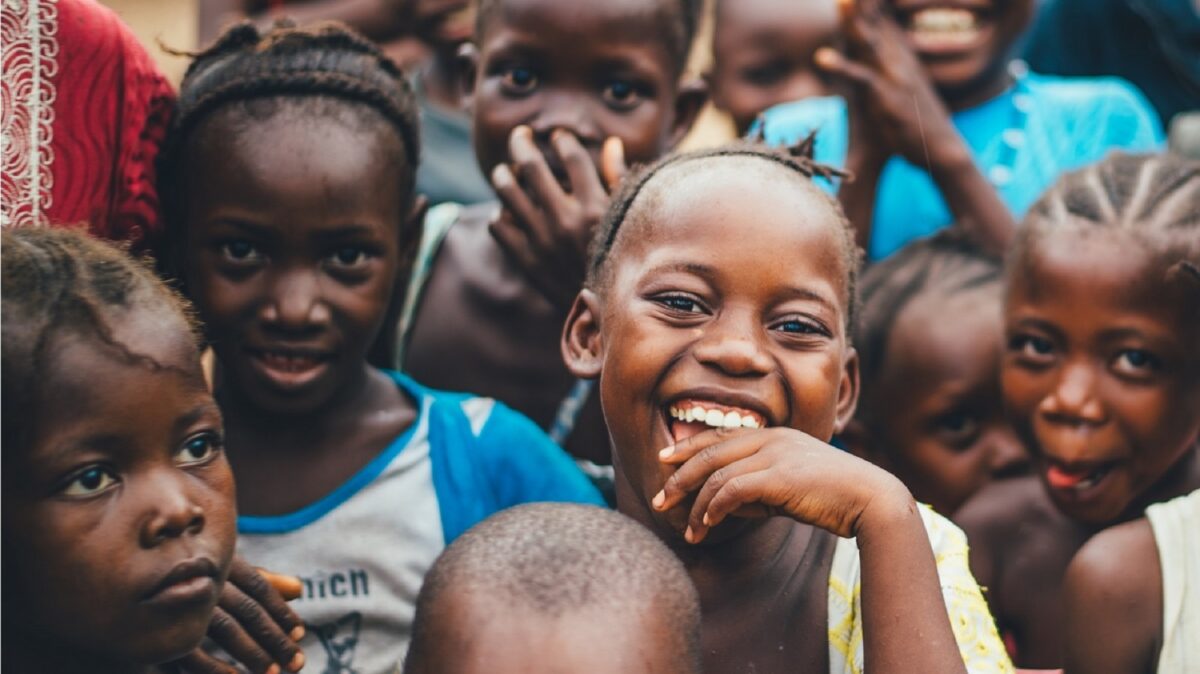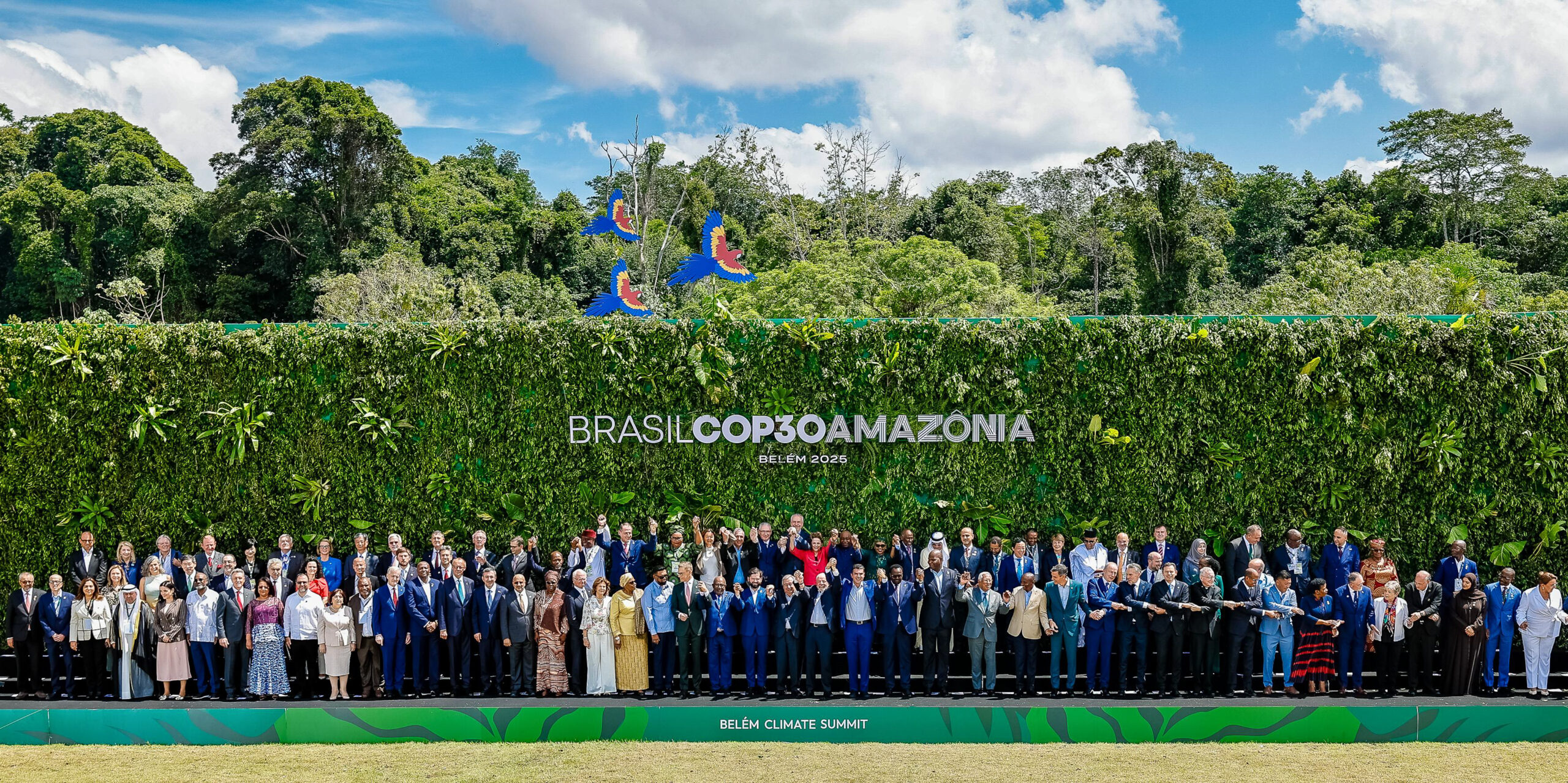Imagine you are five years old. Your body is wracked with fever – sweat drips down your face as your teeth chatter. The pain in your joints reminds you of the time you knocked your knee on a rock and hurt your “funny bone”, except this pain doesn’t go away after a few seconds.
You’ve forgotten the number of times you’ve vomited the bitter tasting yellow liquid, and you dread the next time you will have to take your next dose of medicine which is even more bitter. You could be one of 800 children who die daily from malaria.
I grew up in a small town called Hwange in Zimbabwe, where there is beautiful wildlife and vegetation. The town is an hour’s drive from the majestic Victoria Falls, one of the seven natural wonders of the world. My most vivid childhood memories consisted of my dreams of becoming a scientist coinciding with being sick almost every year from malaria. I’ve come a long way since then, and yes, I’m now a scientist! My journey in science and technology has seen me conduct research on ground-breaking technologies, developing plans for their exploitation, alongside becoming a paint specialist working with Africa’s largest paint manufacturing companies.
Today, I represent Inesfly Africa, a big contributor in the fight to eradicate vector borne diseases (VBDs). Inesfly Africa was established in Ghana in 2011 and became fully operational in 2013. The technology was the brainchild of the Inesfly Corporation; our parent company based in Valencia, Spain and was patented by Dr Pilar Mateo, a chemist with a passion for empowering communities through health and education.
For context, VBDs result from an infection transmitted to humans and other animals by blood-feeding insects, such as mosquitoes, ticks, and fleas. Which then leads to diseases such as malaria, dengue fever, west nile virus, lyme disease, zika virus and leishmaniasis. Approximately 700,000 people die from vector borne diseases annually, most of them children under five. The two most common measures for malaria control are insecticide nets and indoor residual spraying. Nets require individuals to sleep under bed nets whilst indoor residual spraying involves spraying the interior walls and roof eaves of one’s home with an insecticide. Homes must be regularly resprayed for the treatment to remain effective. As bed nets touch the human body and young children often suck them, products used on nets must not be harmful to humans. With only one main class of insecticide available on the African market and due to its repeated use, mosquito and other vector disease populations are adapting and becoming resistant. The World Health Organisation (WHO), recognises the need to improve the cost-effectiveness, ecological soundness and sustainability of controlling disease vectors.
To rectify this problem, at Inesfly we use a microencapsulation technique to create products designed for use in the home, ranging from floor cleaners, house treatments, clear coatings and paint. We make this work by using microspheres to contain the insecticide – think of it as placing an active ingredient in tiny bubbles and adding it to your floor cleaner, your paint and your pest treatment solutions.
To understand the concept we can look at how the technique is traditionally used in drug manufacture: microencapsulation protects the active ingredients and ensures controlled release to the target organism, in the right amount and at the right time. Ensuring minimal toxicity and side effects to other living organisms and to the surrounding environment. A pill – for your house! Moreover, we have incorporated different active ingredients to target different life stages of disease vectors from eggs to adult stage. We use a combination of different classes of insecticides – a cocktail to address insecticide resistance. Our products target mosquitoes, tsetse flies, cockroaches, bed bugs and other disease vectors.
They are suitable for use in public health, animal health, and the hospitality industry and in agriculture. The paint provides 2 years protection, and has been recorded to be effective for over 3 years with the “kissing” bug in trials in the Bolivian Chaco, a place where chagas disease ravages villages. At Inesfly, we believe that science should be used to serve society. Our vision is to scale across Africa and the rest of the world to transform lives through the eradication of VBDs in areas where they are most endemic. With increased collaboration with key stakeholders in the area of disease vector control, we can change the face of economies through better health and restore the dignity of nations across the world.
By Natsai Mutezo, a womanitarian, afropreneur and a chemical technologist on a mission to transform Africa. The views and opinions expressed in this article are those of the authors and do not necessarily reflect the official position of Xynteo.
–
Stay up to date with our latest interviews by following us on social media (LinkedIn I Twitter), or Contact Us to find out how we can help your leaders and organisation create people and planet-positive impact.



